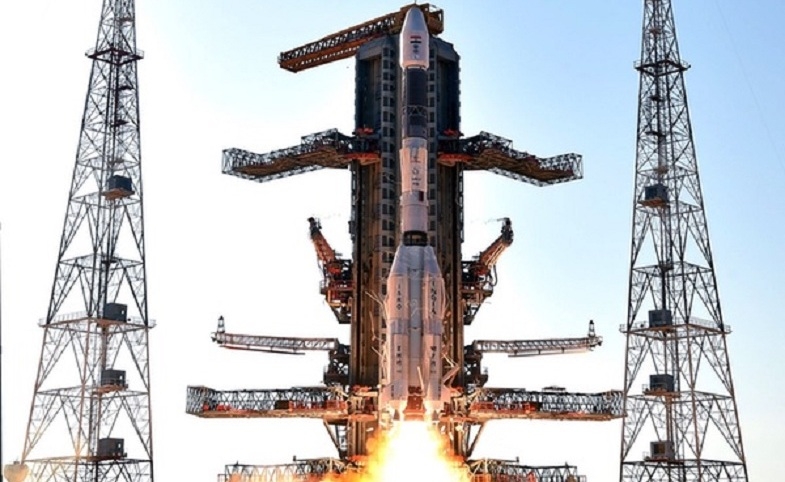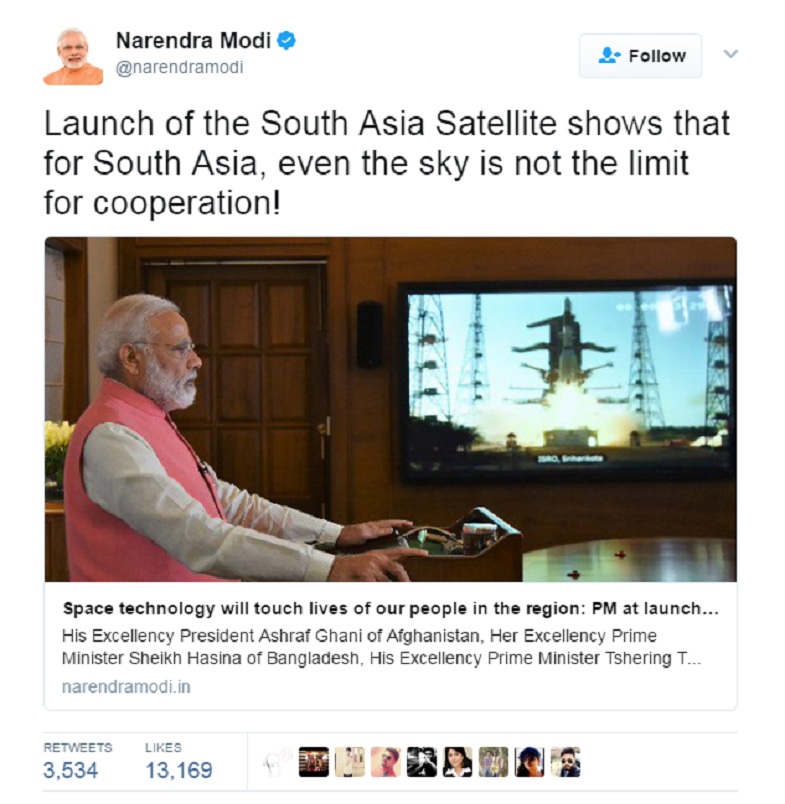India made considerable progress in Public Diplomacy in the last decade and we have extensively chronicled that in this blog. Soft power seems to have become a mainstream consideration for the policy wonks of South Block. This is a worldwide trend, a natural consequence of the media revolution that we are witnessing. Even closed countries like China are now trying to reach out to audiences overseas. This is where it gets interesting. How does India public diplomacy compare with the Chinese initiatives?
Lately Indian soft power has been exerting its influence in China through Bollywood with the success of films like Dangal. This even led to some Chinese commentators to opine that when it comes to Public Diplomacy India has a huge advantage because of Bollywood’s popularity world over. While cultural diplomacy has always been the India’s forte, but we are not sure if it in any way confers a huge strategic advantage to India.
This blog has often talked about how it is important for Public Diplomacy to contribute to strategic foreign policy goals – the key question that needs to be answered is “How do we want the influence we generate to serve national priorities?” Looking at Public Diplomacy from this lens China might be miles ahead! There have been lot of initiatives by China which successfully garnered influence for China internationally – the love for Chinese food not included.

|
| Photo by Robert Nyman on Unsplash |
Exchange diplomacy is where China seems to be doing very well. More specifically educational exchange. The Chinese leadership are beginning to view ‘Education’ as a key driving force for the country’s future development. While the number of students and universities have increased, China’s educational sector is now increasingly marketing itself as an attractive destination to students, faculty and researchers abroad.
The number of international students in China have increased manifold and is close to 500,000 now as per China’s Ministry of Foreign Affairs. We need to see this also in the context of the number of students China sends to universities abroad every year. Apart from opening universities to international faculty, China is also introducing English language programs at Tsinghua University and also at Peking University. Coupled with initiatives such as the Yidan Prize, China seems to be on track to make education a strategic component in its soft power arsenal.
Prof. Nicolas Cull from the Center of Public Diplomacy in the University of Southern California, in 2009 had correctly highlighted the strength of China’s exchange programs in his testimony before the US-China Economic and Security Review Commission.
Educational exchange programs foster relations and build a network of influence that is generational. Closer to home, if one considers the affinity of Indians for United States, a lot of credit would go to American universities and educational exchange programs. This creates a relationship that is very organic and inherently strong as it involves cultural immersion and experiential learning. For the time that you are abroad as a student, you get to become ‘the other.’ As a country that boasts of a formidable intellectual tradition, India can do wonders to become the ‘thought leader’ of the world, like it was for most of human history. But we need to close the gap with China first and, Bollywood cannot accomplish that.

|
| Photo by Vasily Koloda on Unsplash |












Readers' comments